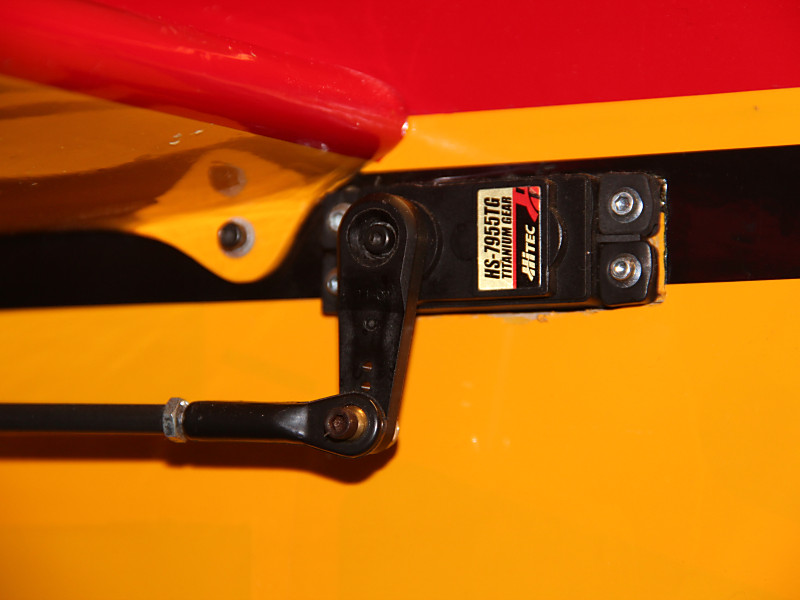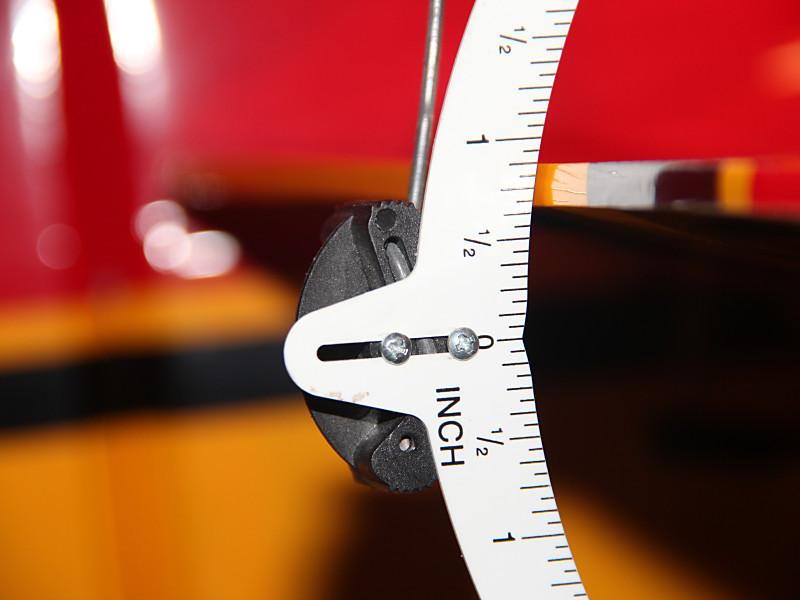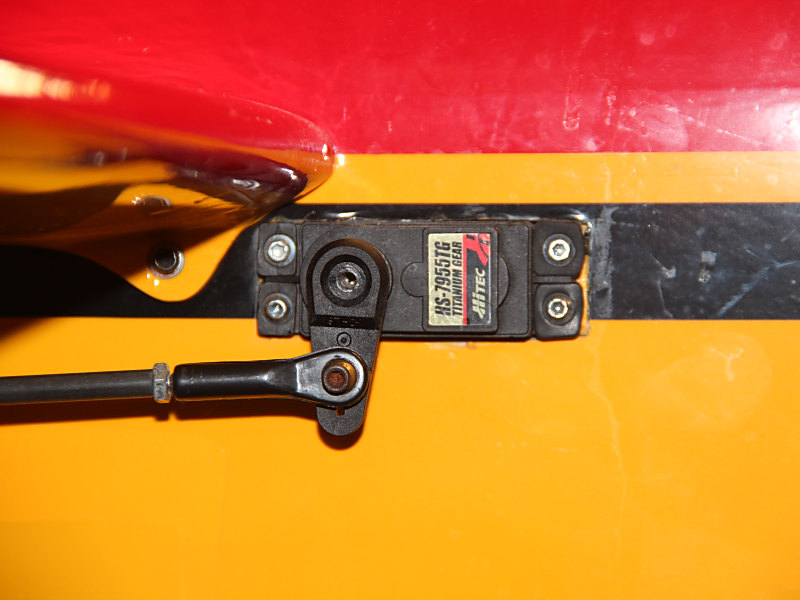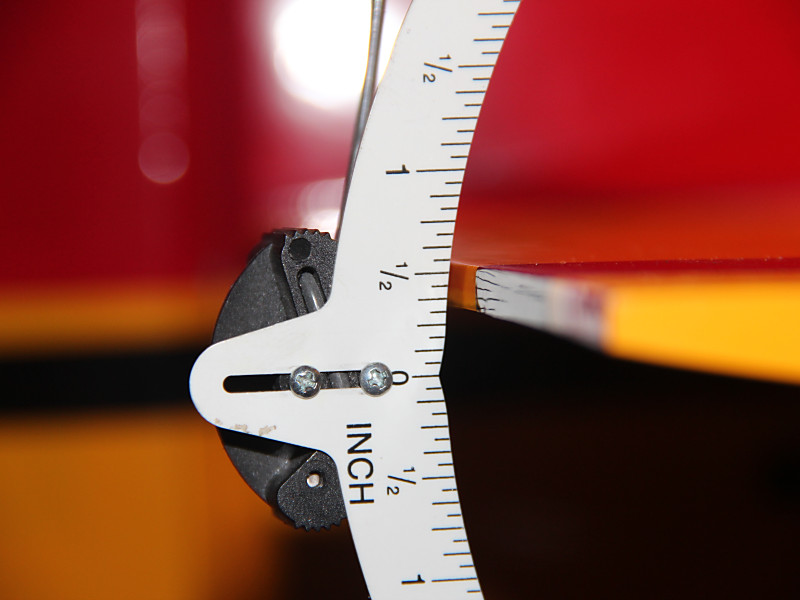My Red tail P-51 Mustang started out life in late 2004 as a standard Top Flite Giant Scale P51 D purchased by Mr. Tim Mills. Tim bought pretty much everything needed to get this bird flying during a 1 week period. Everything from engine to scale exhaust, servos and retracts, as well as the ARF itself and more. When it arrived he started to convert it to a B model by stripping the body and adding the turtle deck aft of the cockpit using a Top Flite conversion kit. The structure got finished and the body glassed and prepped for painting. Tim wanted his P51 to “represent” the Tuskegee airman as he was one of the few black men involved in the RC flying hobby… at least in the greater Indianapolis area. Tim had done some reading on the subject and found that the Tuskegee had first been issued B model mustangs so he had to convert his.
For some reason, at that point the project stalled. I don’t know exactly why it stalled. Likely Tim got involved helping out friends who needed some assistance with anything from Airplane setup to health issues. Tim was the guy everyone called when they needed a ride somewhere, a helping hand with a home project, advice on flying and setting up RC planes and just about anything and everything else. Tim had built and driven drag bikes as well as running a race circuit earlier in life, been an owner/driver of a semi-truck and maintained and rented out properties. He was a Jack-of-all-trades and always generous with his time. He was also a big talker and loved just hanging out with the guys at the flying field. He helped me learn the basics of IMAC style flying and we traveled to a few events together in the last 4 or 5 years of his life. With Tim in attendance, it was always a good time for me. He also spent a good amount of time working on RC projects with me, both his and mine, out in my work shop. I learned a lot during those sessions and like to think I taught him one or two things as well.
In any case, somehow the Mustang languished for almost 7 years and everyone had a good time asking Tim when the Red tail was going to be ready to fly. This continued until Tim passed away in February, 2011. I had personally benefited from flying and traveling and just becoming friends with Tim and I wanted to finish the Mustang in a way that Tim would have enjoyed so I contacted his nephew and bought as many of the parts Tim had acquired for the Red tail as I could. I hadn’t planned on this project but I scraped up as much as I could and bought the Airplane, motor and Keleo scale exhaust at a very reasonable price.
By spring of 2012 I had the plane ready to fly and besides adding the distinctive red tail and other markings unique to the Tuskegee airmen, I added a few special touches toward making it a bit more of a memorial to Tim. These include a pilot figure (black of course) who is clothed in appropriate attire and can salute on command from the transmitter; graphics on the cowl proclaiming the airplane name to be “Drag Racer II”; and adding the pilot name to the side of the cockpit area. The call sign “Smooth” was chosen because not only did Tim enjoy Jazz music but many folks described his flying style with that word. Here’s a picture of the cockpit area.
There are a few other nice touches I’ve added to the bird to make it unique but I’ll save those for some future posts. I’m still working on learning to fly this plane sufficiently well to be comfortable and trying to keep it looking good in the process. I’d hate to lose it in an accident and that is the reason it hasn’t flown much yet. Recently though I’ve decided I just can’t let it become a hangar queen as I can easily imagine Tim’s reaction to that. I can hear his voice in my head right now saying “Just fly it, man!”.
As I do just that, I’ll post some more information and pictures on the Red tail. I hope Tim would approve.








